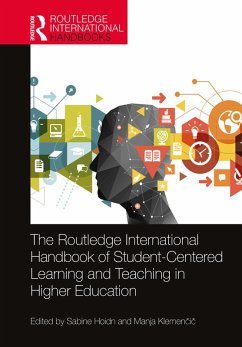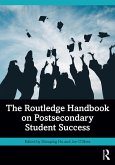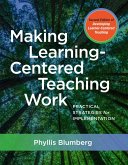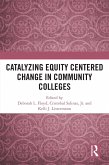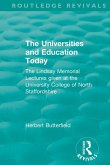Bringing together 71 scholars from around the world, the volume offers a most comprehensive and up-to-date overview of the fundamentals of SCLT and its applications in policy and practice; provides beacons of good practice that display how instructional expertise manifests itself in the quality of classroom learning and teaching and in the institutional environment; and critically discusses challenges, new directions and developments in pedagogy, course and study program design, classroom practice, assessment and institutional policy.
An essential resource, this book uniquely offers researchers, educators and students in higher education new insights into the roots, latest thinking, practices and evidence surrounding SCLT in higher education.
Dieser Download kann aus rechtlichen Gründen nur mit Rechnungsadresse in A, B, BG, CY, CZ, D, DK, EW, E, FIN, F, GR, HR, H, IRL, I, LT, L, LR, M, NL, PL, P, R, S, SLO, SK ausgeliefert werden.

